- Gatekeepers – A person who controls access to something.
- Regulation / Deregulation – The removal of management / management of complex systems according to a set of rules and trends.
- Free market – A system in which the prices for goods and services are self-regulated by the open market and by consumers.
- Monopolies – When a specific person or enterprise is the only supplier of a particular commodity.
- Mergers – The merging of one estate or title in another.
- Media concentration – A process whereby progressively fewer individuals or organisations control increasing shares of the mass media.
- Conglomerates – A combination of multiple business entities operating in entirely different industries under one corporate group.
- Globalisation (in terms of media ownership) – the worldwide integration of media through the cross-cultural exchange of ideas.
- Vertical Integration – The combination in one firm of two or more stages of production normally operated by separate firms.
- Horizontal Integration – The process of a company increasing production of goods or services at the same part of the supply chain.
- Surveillance / Privacy / Security – Freedom from, or resilience against, potential harm caused by others.
All posts by Catalina V
Filters
NEA/COURSEWORK
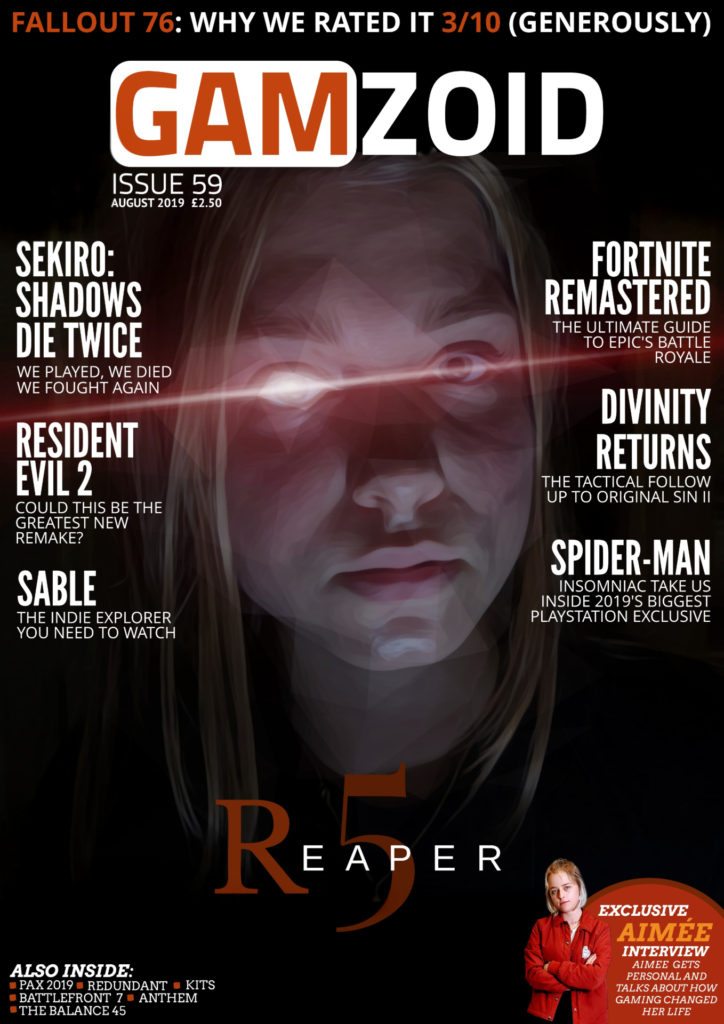
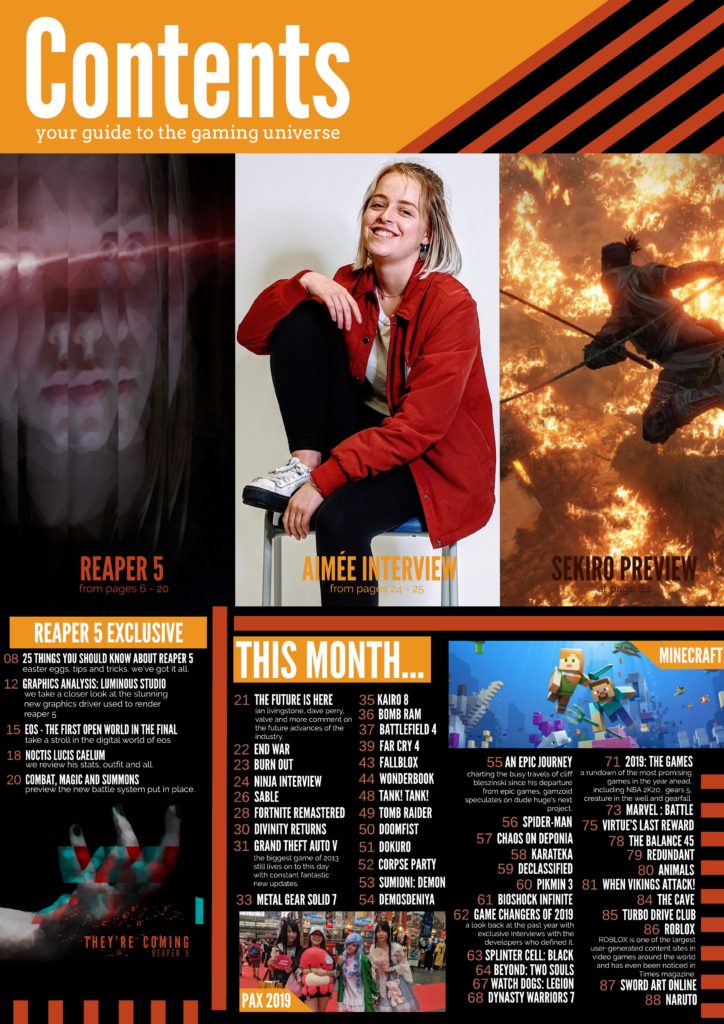

CSP 6: LETTER TO THE FREE

Lonnie Corant Jaman Shuka Rashid Lynn (Common) is an American rapper, actor, writer, philanthropist and activist. He is 47 years old. His albums include: Black America Again, Let Love and Nobody’s Smiling. He has a net worth of $47 million.

Bilal Sayeed Oliver, known as Bilal, is an American singer, songwriter, and record producer. He is currently an independent artist residing in New York City. Bilal is noted for his wide vocal range, his work across multiple genres, and his live performances.
The black-and-white piece which was filmed in a jail just outside of Queens, New York features Common’s song presented by the rapper himself, along with singer Andra Day, their collaborator Bilal and other musicians playing everything from flute to xylophone to bongos. The clip also features a symbolic black box, which Common explained in a conversation with filmmaker Nelson George after the premiere: “It represents the infinite thing about blackness and blackness can’t be defined in time or space.” The video is to raise awareness of racism and it’s effects on US society.
The song was written for Ava DuVernay’s Netflix documentary 13th focusing on the historic legacy of the 13th amendment to the US Constitution.
CSP 5 – HIDDEN FIGURES
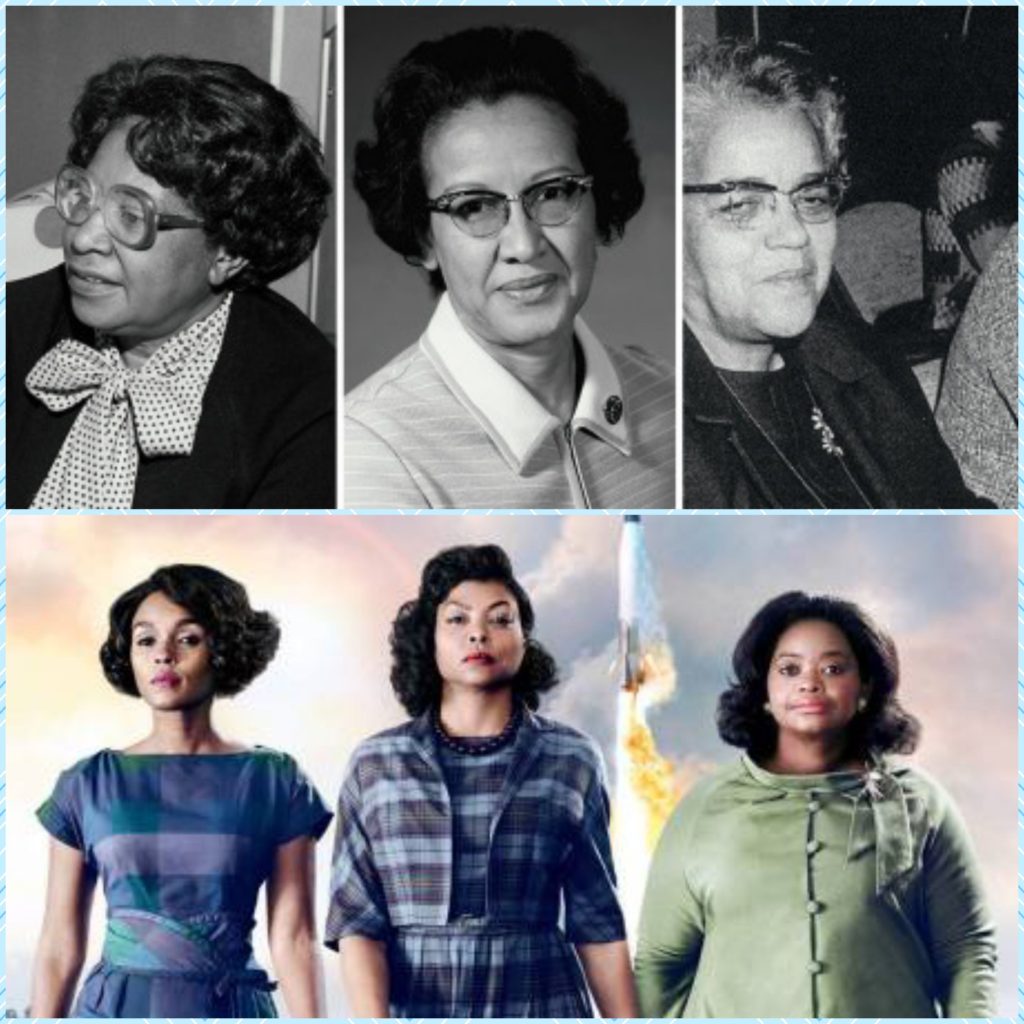
Three female African-American mathematicians play a pivotal role in astronaut John Glenn’s launch into orbit. Meanwhile, they also have to deal with racial and gender discrimination at work.
Hidden Figures had a budget of 25 million USD, making it a low to medium budget Hollywood film. It was nominated for many awards and won 11 awards including: BET Award for Best Movie, MTV Movie Award for Best Hero and Screen Actors Guild Award for Outstanding Performance by a Cast in a Motion Picture. IMDb gave it a 7.8/10, on Rotten Tomatoes it was rated 93% and Metacritic gave it 74%. It was the highest-grossing Best Picture nominee at the 89th Academy Awards and it was one of the top twenty most profitable release of 2016. Deadline Hollywood calculated the net profit of the film to be 95.55 million USD. I feel that all of these facts prove that this film was very successful and thoroughly enjoyed by multiple audiences globally.
GENRE THEORY DEFINITIONS
Stephen Neale – A British philosopher and specialist in the philosophy of language who has written extensively about meaning, information, interpretation, and communication, and more generally about issues at the intersection of philosophy and linguistics.
Repertoire of Elements – The theory that a certain genre of film will have similar characters e.g. in a crime film there will often be the Italian mobster.
Hybridisation – A term used to describe a type of media convergence whereby a new mode emerges containing elements of combined media.
Corpus – A large and structured set of texts.
Historic Specificity – The suggestion that social movements should be treated as self-conscious and successful attempts to introduce innovations into a social system raises the question of whether they are historically specific, in the sense in which modern, scientific and technological innovations are historically specific: namely, that there have been historical periods when they have been favoured and powerful and others in which they have been ignored and weak.
Repetition and Sameness – The simple repeating of a word, within a short space of words, with no particular placement of the words to secure emphasis.
Variation and Change – A change or slight difference in condition, amount, or level, typically within certain limits.
Narrative Image – Narrative is to tell a story using the power of the visual image to ignite imaginations, evoke emotions and capture universal cultural truths and aspirations.
Expectations and Hypothesis – A proposed explanation for a phenomenon.
Suspend Disbelief – Willingness to suspend one’s critical faculties and believe something surreal; sacrifice of realism and logic for the sake of enjoyment
Generic Regime of Verisimilitude – The appearance of being true or real. Mise-en-Scene.
THE KILLING VS THE MISSING
| CATEGORY | SIMILARITIES | DIFFERENCES | THEORY |
| CHARACTERS | the detective who has a ‘natural’ instinct for law and order | The Killing, The mising has the main detective as female | PROPP |
| NARRATIVE | the first episode often introduces a lot of different characters | The Missing – The missing girl comes back The Killing – The missing girl dies | TODOROV |
| THEMES | the use of binary oppostions around familiar themes: family, community, law and order, justice. | The Missing – Theme of hope The Killing – Theme of death | LEVI-STRAUSS |
| REPRESENTATION | reactionary representations of police, family, law and order, urban/rural | The Killing: Radical – detectives are females in the show whereas detectives are normally seen as males. | SEMIOTICS |
| TECHNICAL CODES / LANGUAGE OF MOVING IMAGE (music, setting, props, lighting, use of camera, editing etc) | opening montage sequence that often gives clues as to the whole series – themes, locations, characters, events etc. | The Killing – Uses upbeat music The Missing – Uses dark and low music | |
CSP 4: THE KILLING
Detective Chief Inspector Sarah Lund is in her last day with the Copenhagen police force; about to move to Sweden to join her fiancé and transfer to the Swedish police. Everything changes when 19-year-old Nanna Birk Larsen is found raped and brutally murdered. Sarah heads the investigation and is teamed up with her replacement, Detective Inspector Jan Meyer. Troels Hartmann, politician, is in the midst of a hard-fought mayoral campaign when evidence links him to the murder. The girl’s family and friends struggle to cope with their loss. Over a span of 20 days suspect upon suspect is sought out as violence and political pressures cast their shadows over the hunt for the killer.
Who is the primary, secondary and tertiary audience for this product?
The Killing acted as a catalyst for the globalisation/ distribution/ popularity of foreign language throughout UK television. However, The Killing was first released in Denmark, 2007, and only aired on UK television 4 years later in 2011.
What audience theories can you apply to which help you to develop a better understanding of the potential target audience?
The reception theory by Stuart Hall – A more conservative audience may respond negatively to the Swedish liberal attitudes to sex.
What organisations (rather than individuals) are involved in the production, distribution & exhibition of this product?
The original series is created by a production company called DR in collaboration with ZDF Enterprises. It was broadcasted on Danish television for the first time in January 2007. After that, it was distributed to many countries worldwide. The show was then recreated in english for the US by Fox Television Studios in collaboration with Fuse Entertainment which was later taken over by Netflix.
LANGUAGE AND CONNOTATIONS IN “THAT BOSS LIFE”
| Technical Code | Denotation of the advert – What is in it and what is it trying to promote | Connotation – What is it signifying) |
| Setting | New York penthouse, whole set changes when Manny and Shayla opens the golden suit case filled with the mascara. everything transforms into the theme of the mascara and is ” bossed up” (intensified music and everything is golden) | |
| Clothing | Bland basic clothing to start with, then transitions into bright golden clothing. | |
| NVC | Body language that was first displayed is exaggerated and flamboyant to express deep emotions of happiness and excitement. after they are “bossed up” they start to model themselves into powerful, strong and cool stances to show the audience that not only was it just a physical appearance change, it was a mental change as well. | |
| Dialogue | Conversations promoting the product. | |
| Sound Effect | Subtle trap and upbeat music under the characters voice. Music increases when Manny and Shayla transform. Lots of shimmering chimey sounds used to emphasise the products desire for the viewer. | |
| Music | Trap music with a heavy beat throughout the whole advert | |
| Camera shot size | Different camera angle cuts (long shot, closeup, extreme closeup) to show off that you can look good at any angle with the mascara. | |
| Camera movement | Slow-motion shots used to emphasise the sleek and hotness that the makeup can supposedly make you. | |
| Editing | Different camera shots are edited with music to again, emphasise how amazing you can look with the mascara. |
THAT BOSS LIFE


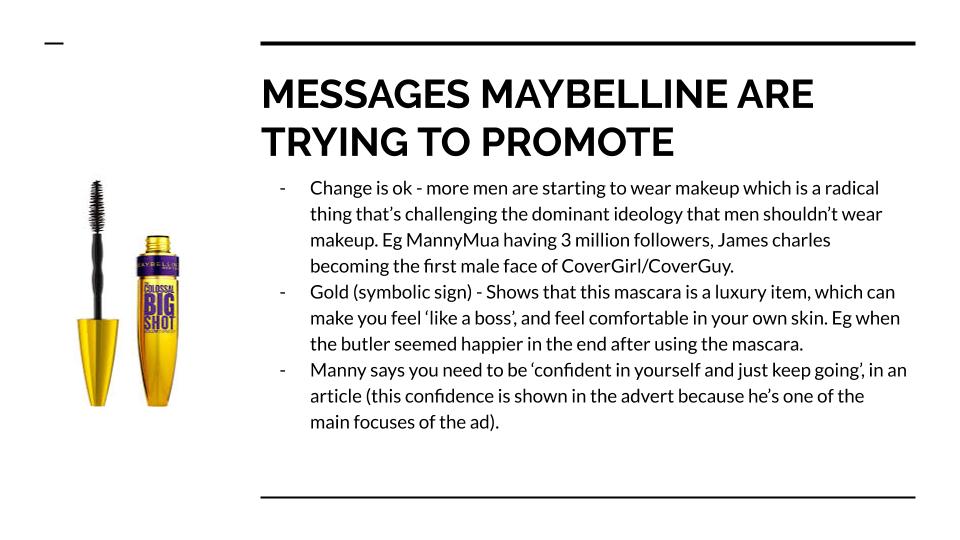
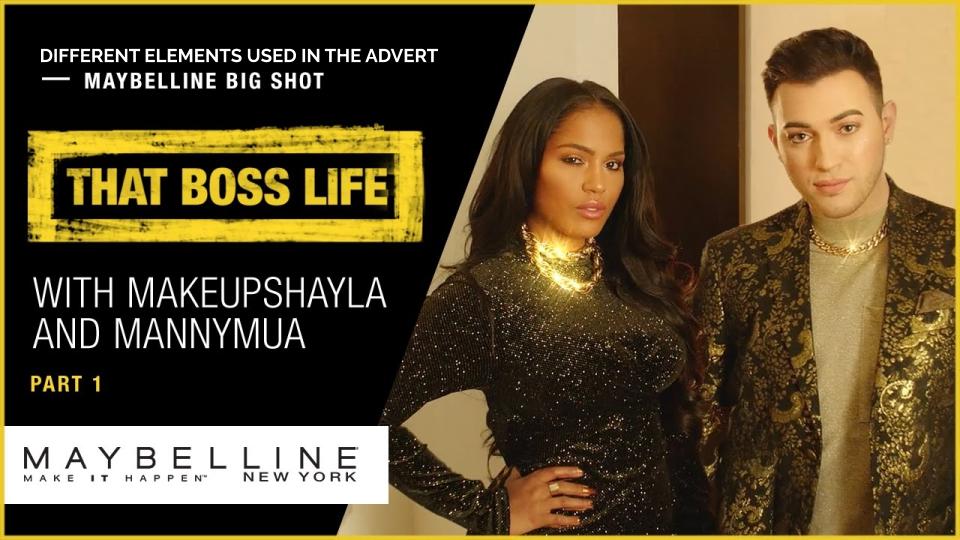

TOMB RAIDER VS MENS HEALTH
When placing Tomb Raider, a video game and Men’s Health, a magazine, against each other, you can tell that these two pieces of text are very much different from each other due to the codes and conventions we associate them both with when identifying what a product is. What makes these two texts especially different from each other are the representations of gender stereotypes. Men’s Health is a reactionary piece due to it having on the front cover Vin Diesel, a man who is meant radiate masculinity and have the ideal male anatomy in today’s society compared to Tomb Raider who yes, does have the big boobs and big butt which in today’s society, does expect and like but is also a character who is a female excursionist that fights multiple monsters and dinosaurs and goes on adventures raiding multiple tombs, caves and forests etc making Tomb Raider a radical piece.
Lara Croft blew up gaming culture in 1996 with the first instalment of Tomb Raider. But for some reason, her character has been so predominantly defined by her sex appeal that two decades on, we’re still trying to start conversations about her breasts and arse creating a negative stereotype towards women as the game then sets expectations on how women should look then misrepresenting them, even though, Lara crofts body is so artificial that it would be impossible to recreate in real life, hence why it would be such a negative stereotype. Although ironically, Lara’s sex appeal is also what made her one of gaming’s most groundbreaking characters. If she’d been less “sexy”, she arguably couldn’t have gotten away with being the lead of a video game franchise — and that was huge. Aside from 1981’s Ms. Pac-Man and a twist ending of Nintendo’s 1986 game Metroid that revealed the lead character to have been a woman all along, major game franchises basically didn’t have playable female characters as their leads at that point in the medium’s history. So Lara was, in at least one sense, an extraordinary example of female empowerment. It was rare enough that she helmed a franchise in which players can only play as a woman — but that franchise was also a worldwide bestselling cultural phenomenon.
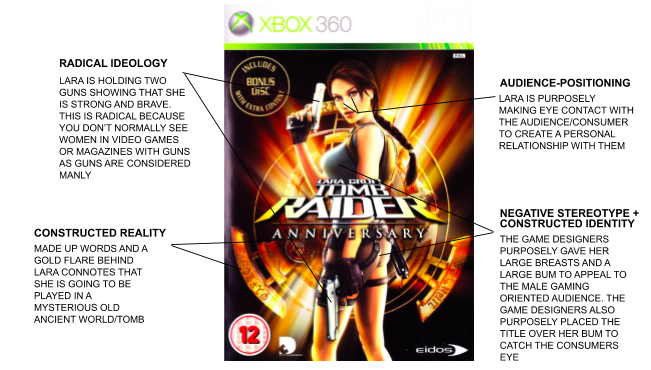
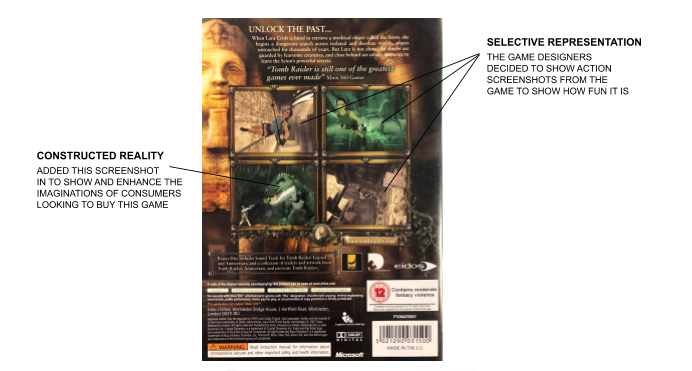
One of the most characteristic features of Men’s Health is the reiterated exposure of the male anatomy, since it is openly exposed to the readers from front page in order to be observed, admired, and consumed. This way, the body is treated in multiple ways, suggesting different male identities which present two main aspects in common; the cult of the athletic body in one hand and the acquisition of certain products to improve its appearance in the other hand. Taking this into account, the ways in which maleness is represented in MH are explained next through the metaphor of the bodies, due to the importance given to the male anatomy in the publication. Given what has been mentioned before, it is not strange that most experts in the field highlight the connection between the concepts of masculinity depicted in the magazines and the construction of men as consumers. Thus, it could be said that the renewals concerning what is understood as manly are subject to the constant changes taking place not only within fashion industry, but also within the whole market. In this sense, it is essential to note that, as a concept, the term masculinity is not fixed nor natural, but rather socially constructed, multiple, and, consequently, different depending on the culture, time and place. Therefore, from this point of view, the formulations and reformulations of maleness through time respond to a strategy to attract men as new purchasers. This new conception of men as consumers developed during the first half of the 20th century in the United States, where the roots of the current male lifestyle magazines are traced.

This all connects to David Gauntlett’s theories of identity. Gauntlett talks about how identity isn’t fixed and how it is more fluid in some ways. Because mass media today is so focused on being healthy, being slim and fit and being stable, a part of society may feel that these ideals that the magazines are proposing aren’t correct and are in fact, very wrong in some cases leading the people in this part of the society to feel that they should go against these norms and desires that mass media promotes. this leads people on a route of self expression which, most of the time, is very good because it helps others get to know themselves and helps them learn and know what and who they’re comfortable with. But, in very rare cases, some people who disagree with what mass media produces and promotes can take things in such a wrong way that it leads them to let out their anger and disagreement in violent ways, some even turn into extremists. This leaves me with the question, should we filter what we place in and on products of mass media? Would it get rid of these extreme views? Would society become almost robot like due to filtering specific articles out? There are many questions to go with “should we filter what we place in and on products on mass media” which I find great as it causes a discussion and really makes people think. Personally, I don’t feel like we should filter out specific articles as it would prevent people from finding and experimenting with their identity. I feel that society should more or less, learn how to deal with these extremists without bullying or violence although I know this can be very difficult to achieve as its basically human nature to diss something we don’t like, but hey, I’m just a gen z with the so-called Peter Pan syndrome so why should my opinion matter.
